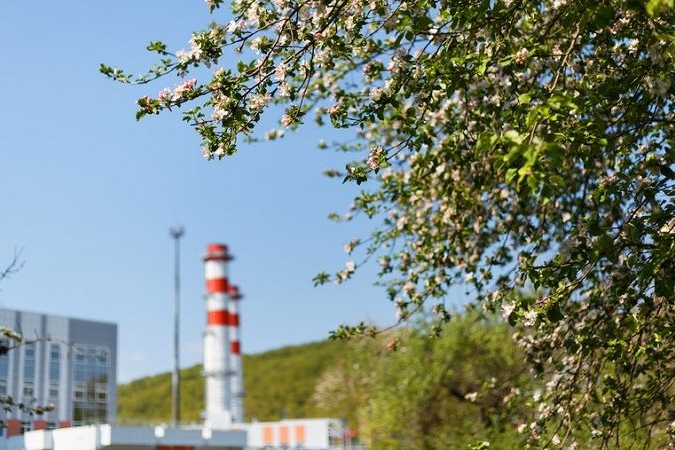

China
According to an official document, China has made significant progress in non-fossil energy and has hastened the transition to a low-carbon energy mix. To attain carbon neutrality, the country has used legislative tools and investigated market-oriented solutions, such as developing multi-level carbon trading markets and scaling up green financing.
The State Council Information Office released the ‘White Paper on Responding to Climate Change: China’s Policies and Actions’ in October.
According to the white paper, with non-fossil energy accounting for 44.7% of the country’s installed capacity for power generation, the share of non-fossil energy in the country’s energy consumption mix increased to 15.9% last year, up 8.5 percentage points from 2005.
Solar energy capacity has increased by almost 3,000 times since 2005, while wind energy capacity has increased by 200 times. China has been a big contributor to global energy conservation, according to the research, since its energy efficiency has improved.
According to the study, China’s energy usage per unit of GDP declined by 28.7% from 2011 to 2020.
The share of coal in the country’s energy consumption mix declined from 72.4 percent in 2005 to 56.8% in 2020, according to the study, which noted an ‘accelerated clean, low-carbon transformation’ in the country’s energy consumption mix.
China is said to be working to develop a new form of power generation infrastructure that can support a large percentage of intermittent renewable energy sources.
A few months ago, China’s national carbon market, a key institutional innovation, began online trading. It has incorporated a total of 2,162 power generation businesses, representing 4.5 billion tonnes of carbon dioxide emissions, making it the world’s largest carbon trading market in terms of the amount of greenhouse gas emissions covered.
In fact, before the nationwide carbon markets were formed, local pilot programs on carbon emission trading were already in place. Since 2011, seven pilot trading markets have been established in Beijing, Shanghai, Tianjin, Chongqing, and Shenzhen, as well as the provinces of Hubei and Guangdong, according to the Chinese government’s official website.
In 2013, the carbon-trading systems included nearly 3,000 significant emitters from more than 20 industries, including power, steel, and cement.
In 2012, China launched a voluntary greenhouse gas emission reduction initiative to encourage the transition to a low-carbon industrial structure and energy usage.
China’s total green credit balance as of the end of 2020 was 11.95 trillion yuan, with 3.2 trillion yuan in clean energy loans.
China has also issued 1.2 trillion yuan in green bonds, making it the second-largest green bond market in the world.
An innovative washable touchless technology now allows users to interact with textiles and apparel simply by pointing a finger over…
Technosport has partnered with textile machinery manufacturer Karl Mayer to enhance its production capabilities using cutting-edge Tricot machines.
The Department of Science and Technology has partnered with Bayo Manila Inc. under the DOST CRADLE Program to launch the…
AGC Chemicals and DRYFIBER, LLC have announced the development of non-fluorinated oil and water repellent for nonwoven fabrics and technical…
Schuh has partnered with Conscious Creative Unit and Are You Mad to repurpose post-consumer waste materials into functional and artistic…
Fashion for Good and TMC have launched of 'Behind the Break: Exploring Fibre Fragmentation,' a study aimed at identifying key…